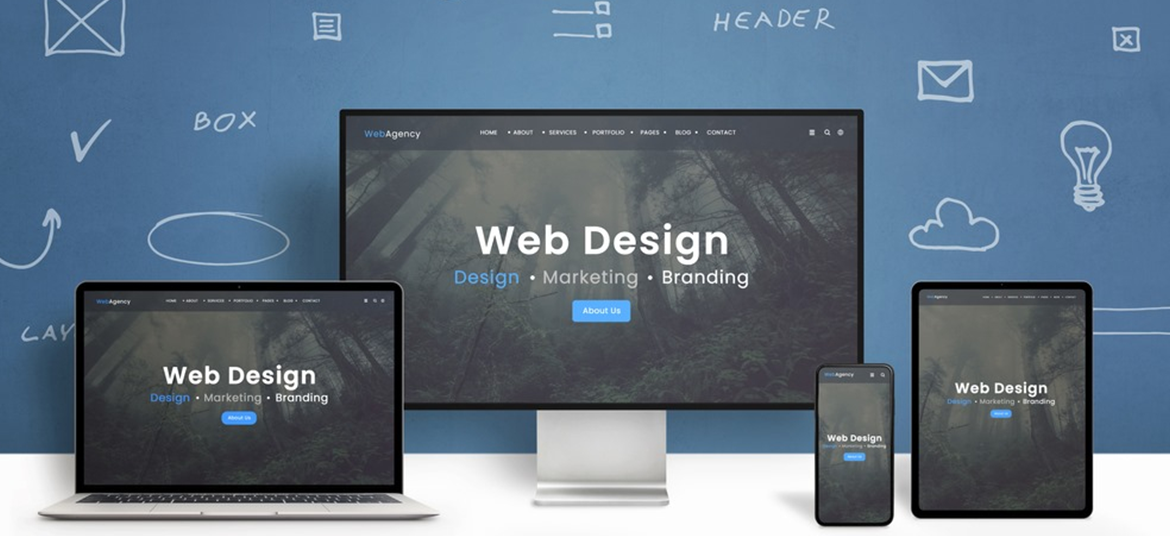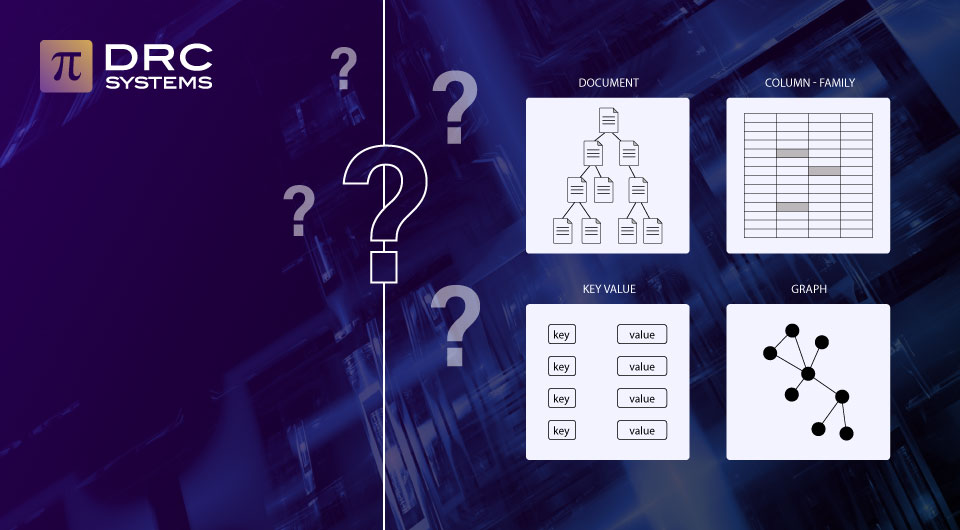Related Articles
Top 10 Node.js trends that will revolutionize software development in 2022.
The asynchronous processing model is really the smart answer to all the challenges of the future. Here are the top 10 Node.js trends that are changing the future of application development.
Read The PostTop 10 Landing Page Design Tips For Better Conversions
Do you want to get more conversions and scale your market? Implement these 10 design tips to turn your landing page into a lead-generating machine.
Read The Post4 Types of NoSQL Databases and When to Use Them
NoSQL databases are popular among developers building software and applications. What is the reason? Unlike relational databases, they offer greater…
Read The Post


